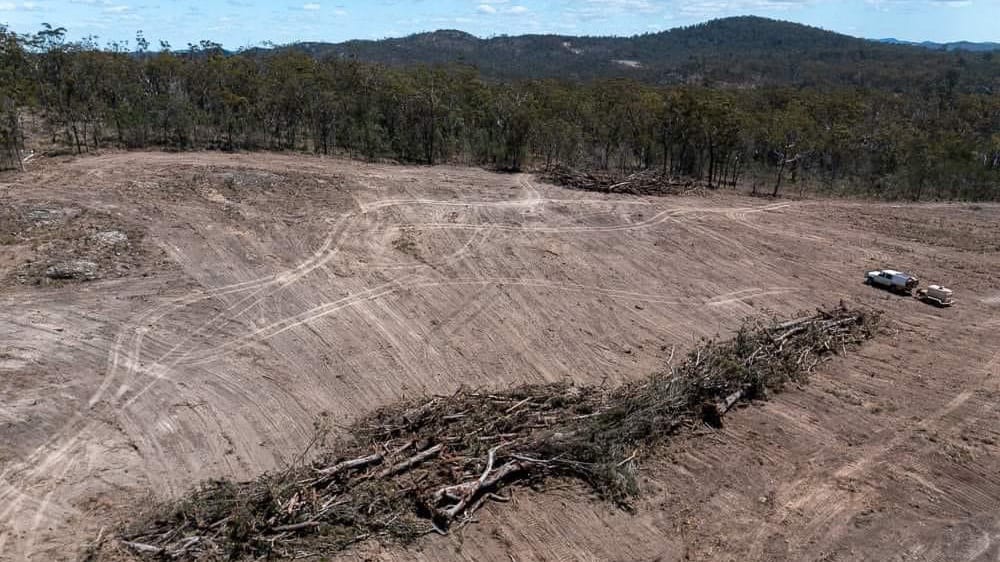Table of Contents
As I’ve asked several times: are these people barking mad? Or just colossally stupid?
I’m talking, of course, of the zealots of the green-left and their one, big idea: “Net Zero”. People like Australia’s Minister for Climate Change and Energy, Chris Bowen. No wonder Anthony Albanese wants to exempt his government from its own “misinformation” laws. “Boofhead”, as he’s generally known, constantly states a great many things which are demonstrably untrue. The cost of nuclear energy, for instance. Bowen insists it’s the most expensive method of producing electricity: in fact, it’s the second-cheapest (after hydro).
But that’s the least thing Labor are demonstrably, disastrously, wrong about.
For instance, Albanese was adamant, before the election, that it would cost $78 billion (only!) just to rebuild Australia’s grid in order to accommodate intermittent, unreliable “renewables”. Then again, Albanese was also adamant that his government would lower the average household electricity bill by $275. “I don’t think,” he claimed. “I know. I know because we have done the modelling.”
Well, as models are wont to be, the “modelling” has proved to be disastrously wrong about household electricity bills. They have, in fact, gone up by as much as $352.
And the cost of rebuilding the grid?
Last week we received a revised estimate of the capital costs of decarbonising the grid in a report by Net Zero Australia. Chris Bowen’s estimate was out by a factor of 20. The capital cost of the paraphernalia required to transform the grid by 2030 would not be $78bn, but $1.5 trillion. That’s a mere down payment on the final bill of $7 trillion to $9 trillion by 2060.
Remember when the “modelling” put the cost of the NBN at $46 billion? At latest estimate, the cost is closer to $70 billion.
At least the NBN doesn’t cover entire landscapes in internet boxes.
Net Zero’s report includes other important details Labor chose not to share before it took its plan to the election. We learn the turbines, solar panels, transmission lines and assorted paraphernalia will cover 20,179 sqkm, or about half the size of Victoria.
Net Zero concedes that clean energy projects “have significant environmental impacts including land damage, habitat loss, wildlife destruction and displacement, and other pollutants”. Wind turbines threaten up to 4530 sqkm of biodiversity-rich land, an area four times the size of the Daintree.
Even I, a humble opinion writer, am capable of running the back-of-the-envelope numbers on renewables. Chris Bowen and Anthony Albanese apparently are not.
Neither is Mongo, the Teal bag lady.
When teal independent Monique Ryan, for instance, urges the Albanese government “to move further, quickly, in order to prevent further global warming”, she feels no obligation to say what that further, faster action would be. She assumes the only obstacles are flagging political will and black-hearted deniers.
The Green movement, and by extension the teals, see no need for the painful trade-offs highlighted in the Net Zero report. They do not consider the opportunity cost of directing so much capital into one sector or the other worthy ventures that will be curtailed. Nor do they consider the huge environmental cost of reshaping landscapes to accommodate wind, solar, pumped hydro and batteries.
Remember: Mongo claims to be a researcher.
It is easy to disregard the physical damage to the natural landscape and loss of biodiversity if you live in the seat of Kooyong, but not from, say, the Atherton Tablelands, where the vandalism stares you in the face […]
Sadly, our climate and energy policy remains in the grip of an intelligentsia that lacks the wisdom to recognise the boundaries of its own ignorance.

Speaking of back-of-the-envelope calculations, here’s another:
Net Zero heroically claims a $9 trillion cost by 2060. Australia’s entire annual GDP is $1.5 trillion.
That is, Australia would have to spend 1/6th of its total annual GDP, every year, for the next 37 years. Put another way: Australia would have to spend as much on “Net Zero” as it currently does on health and social security (the two biggest slices of government spending) combined — every year, for nearly 40 years. Comparatively, it would have to spend as much annually as it did on defence at the peak of WWI… for 40 years.
Hands up who thinks this is even remotely possible?









